Above: Aeoniums thrive in dappled shade in my garden. Center: A. urbicum. In back: A. 'Sunburst'. Far right: dark A. 'Zwartkop' and below it, A. 'Kiwi'. Variegates can be susceptible to sunburn. Darker aeoniums fare best; more pigment = better sun protection. Learn more on my Aeonium page.
It seems counterintuitive, but...
When you should do something

Did you lose your aeoniums to rot? Need to refresh existing specimens? See how to take cuttings from firm, healthy top growth and start them in my video "How to Plant or Redo an Overgrown Succulent Garden."
What does kill aeoniums
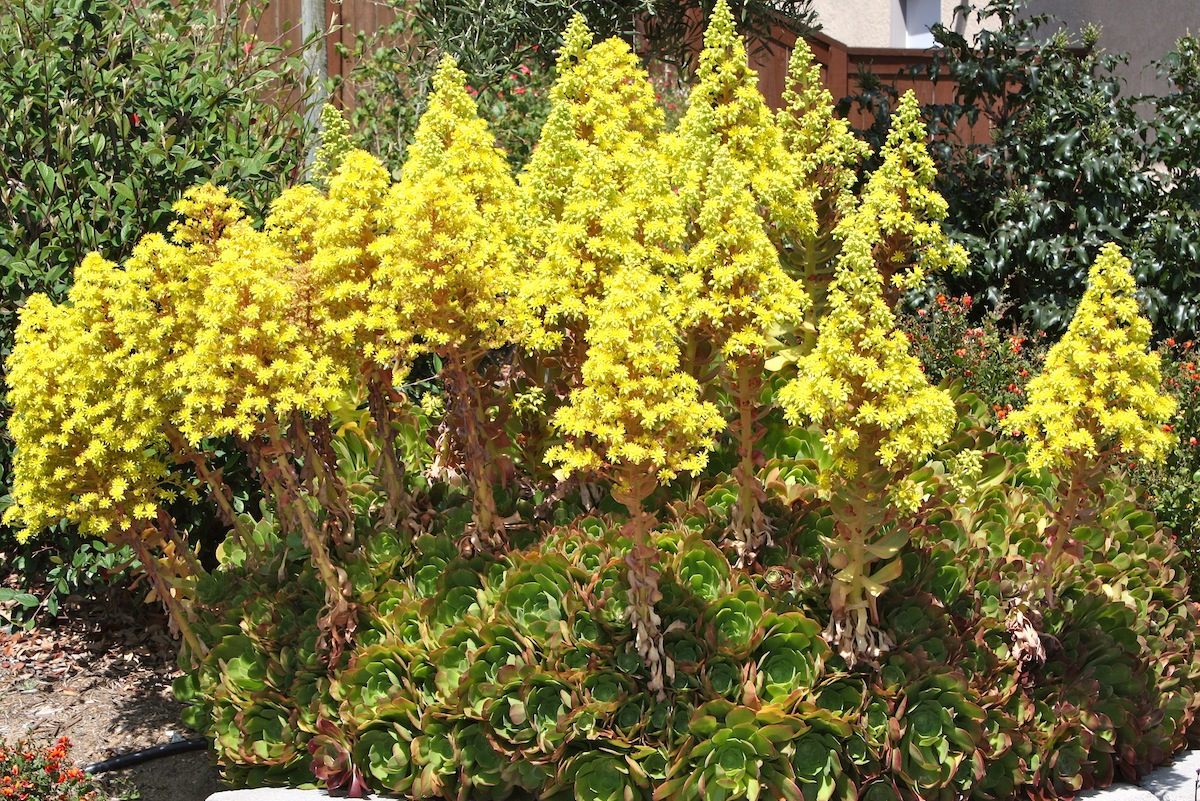
Not all rosettes in a colony bloom at once, and it takes years for most aeonium rosettes to flower. Enjoy the show, then cut the stalks where they join the trunk.
True, aeoniums that get no water look like they're at death’s door by September…which is when my neighbors’ gardener yanks theirs. Oh, if he'd only wait! Aeoniums that appear moribund will bounce back in a few months!
The bottom line
But how to tell if an aeonium is dormant?
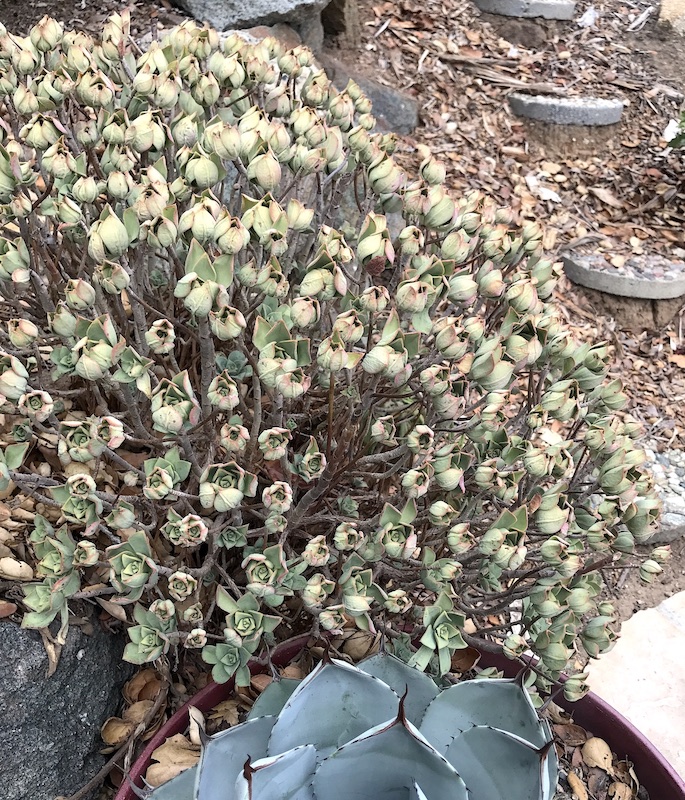
My Aeonium haworthii in September, after six months with no water.
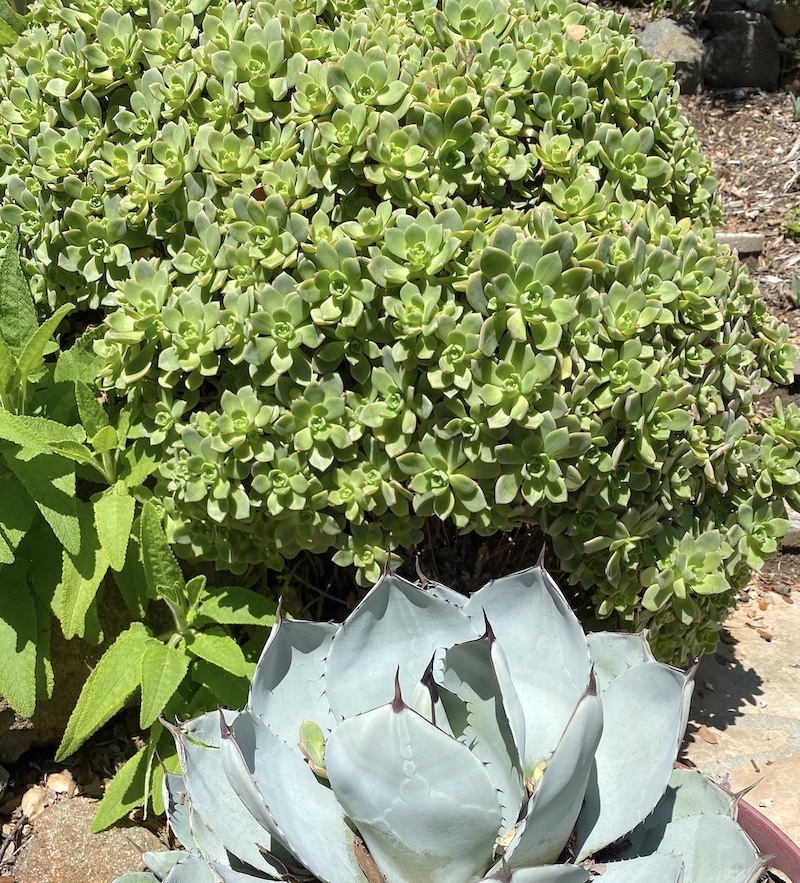
The same aeonium in the spring, after winter storms. This drought-then-flourish cycle happens every year, and the plant keeps getting bigger.
What if you do water them?
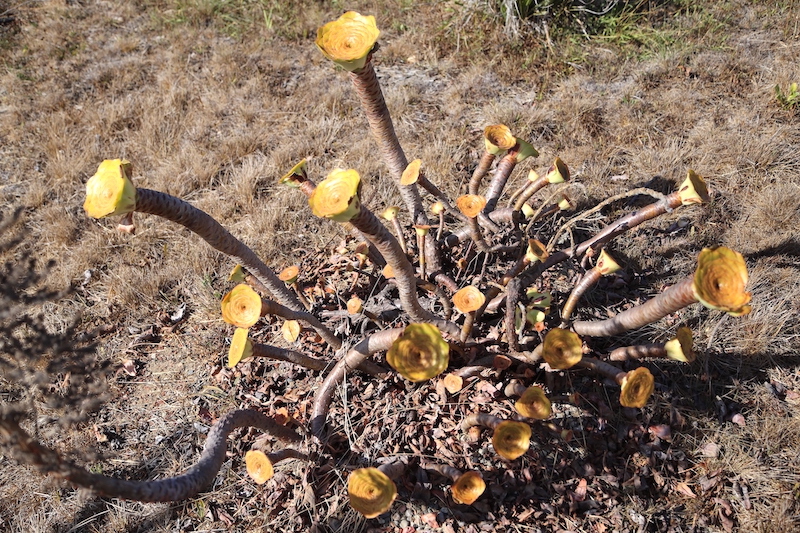
If the roots of a neglected aeonium like this one haven't dried completely, some summer watering will likely hydrate them. But please don't stress over how to tell. It's fine to let sleeping aeoniums lie.
Debra's Seasonal summary for Aeoniums
- SUMMER: July-September. Aeoniums begin going dormant as the weather warms. Those that receive no summer irrigation are completely (and clearly) dormant by late-summer heat waves.
- FALL: October-December. Aeoniums begin to awaken as days shorten, temperatures drop and rains return. Now into mid-winter is the best time to take and start cuttings.
- WINTER: December-February. Growing season; aeoniums look better and better. Roots in rain-soaked spread in preparation for fueling spring top growth. Cuttings started in fall root quickly.
- SPRING: March-June. Few succulents are so lush and lovely as rain-revived aeoniums. Spring is when they flower, so do enjoy the show. Deadhead spent blooms to keep the plants tidy.
Aeonium Uses, Photos, IDs, Varieties
Aeonium Uses, Photos and Varieties Native to the Canary Islands and Morocco, aeoniums thrive outdoors in zone 9 (and higher if in dappled shade). Prune and replant in autumn. See All Succulent Types Aeonium Agaves Aloes Cactus Crassula Echeveria Euphorbias Ice Plants Kalanchoe Portulacaria Senecio About Aeoniums Aeonium rosettes resemble big, fleshy-petalled daisies. Colors include green,…
The post Should You Water Aeoniums in Summer? appeared first on Debra Lee Baldwin. Copyright © Debra Lee Baldwin.
from Debra Lee Baldwin https://ift.tt/U98BTJ3
via IFTTT

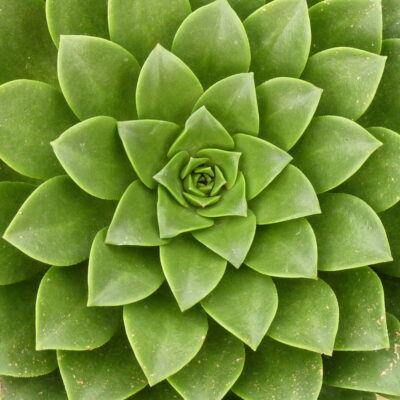
No hay comentarios:
Publicar un comentario